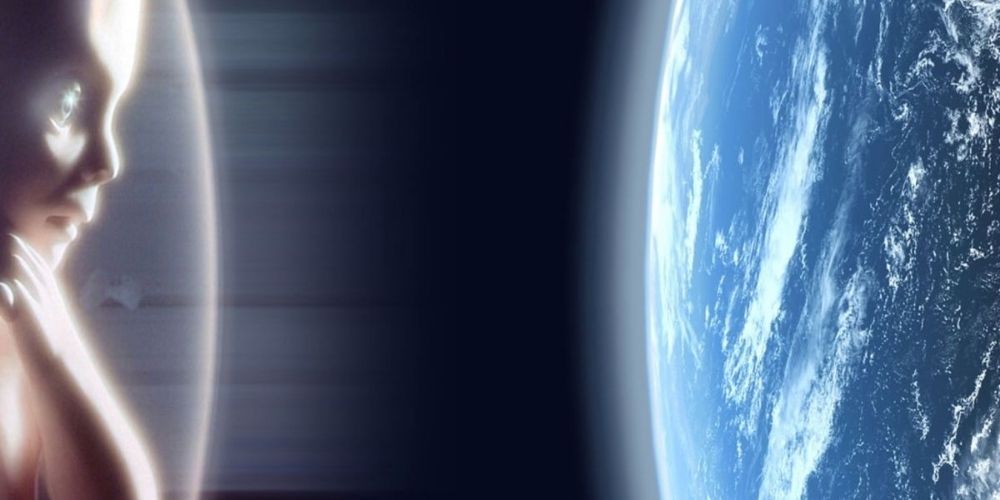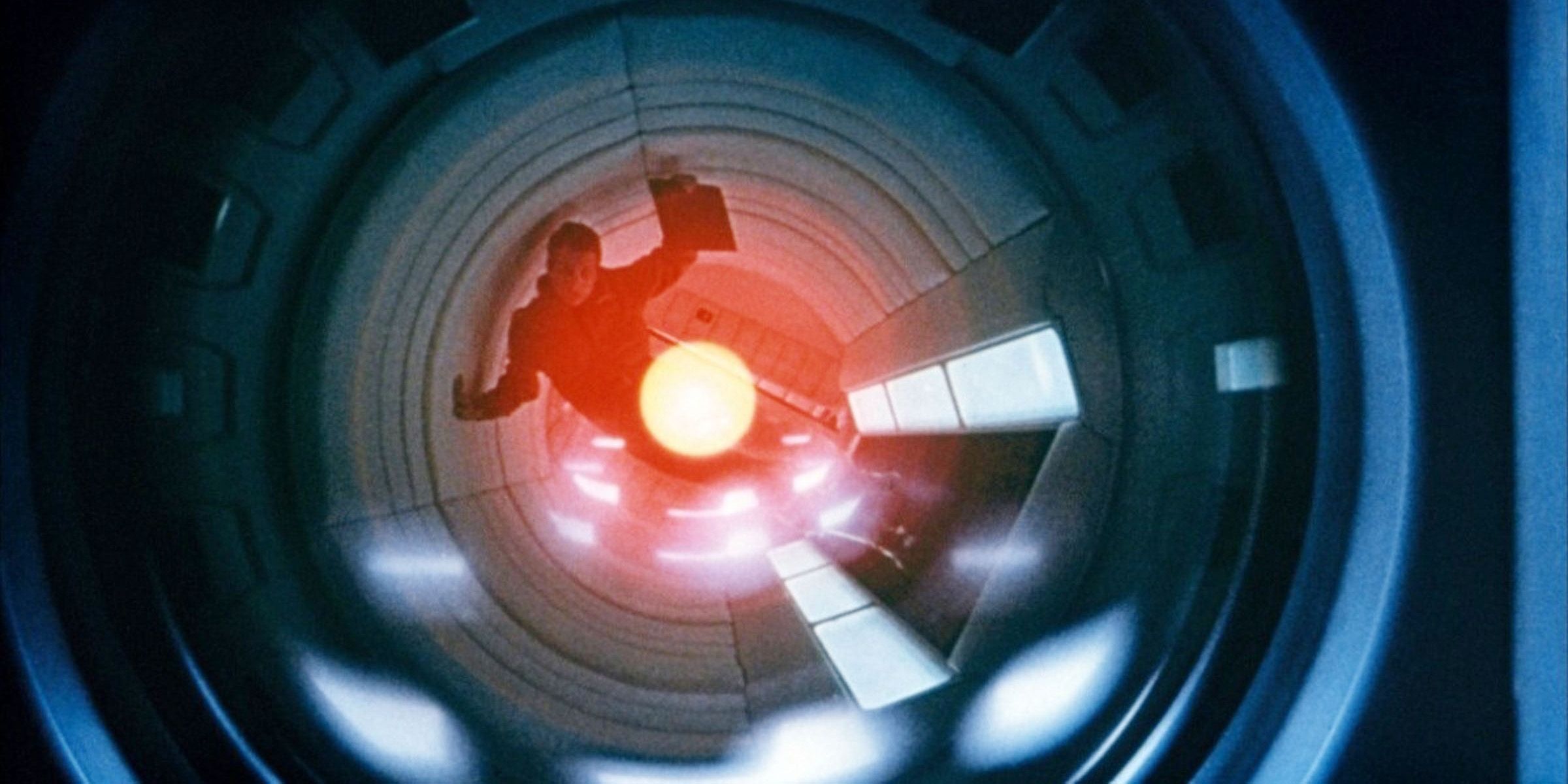Stanley Kubrick is known for having broad and high-level concepts for his movies (especially for the time) that may cause viewers to be left scratching their heads and stuck in their minds for weeks to come trying to make sense of it all. He has been described as a brilliant chess player who is an exceptional photographer. And after watching 2001: A Space Odyssey, those titles hold true.
2001: A Space Odyssey is one of those movies that people aren’t meant to understand after watching, at least not the first time. Stanley Kubrick doesn’t make it easy on anyone either by explaining what is happening or even offering an exact path towards the answer of “what did I just watch?” Instead, after each act, viewers will have even more questions that have not been answered for them. Because of this, if someone says that 2001: A Space Odyssey made perfect sense to them after first having watched, then they are either lying or only understood the broad, surface-level concepts Kubrick explored within the movie.
RELATED: Is It Better To Go Into A New Movie Blind Or Watch The Trailer First?
Kubrick has always remained vague and cryptic when discussing his movies. This is because—like with art—when a creator explains their work, it sort of loses its meaning and becomes almost foolish sounding. This is why many will say “let the work speak for itself.” But when Kubrick finally addressed the ending of his film, this is what he had to say. The main character (David Bowman) has supposedly been transported to a human zoo of sorts, where he has no concept of time and his life passes by quickly and in a strange fashion. Who put him here? Kubrick said it was “god-like entities, creatures of pure energy and intelligence with no shape or form.” Bowman was sent here to be studied. And like zoo animals who are given a “natural” habitat that humans believe resembles something they are familiar with, the room is the “aliens” idea of what Bowman would find pretty. But in reality, it is an “inaccurate replica of French architecture.”

Some of the broad concepts that are easier to understand within the film include the passage of time and advancements in civilization or intelligence. At the beginning of the film, viewers see the Dawn of Man—where primates first discovered tools. From there, Kubrick suggests both intelligence and civilization increased more and more (a nod to the theory of evolution) and progressed to an advanced human world where leisurely space travel and exploration were possible. The black monoliths seen throughout the film are a tool used by the god-like entities Kubrick spoke of to make contact with others, and because of them, the primates were able to discover tools that led them to the advanced 2001 world. What is interesting is that even though the humans progressed so much, they still had the same reaction to the monoliths that the primates had in the Dawn of Man—which was fear and uncertainty.
It is suggested that these god-like beings exist independently of time, as they can pass through all timelines. And it is their apparent goal to advance the human race. Christopher Nolan is a known fan of 2001: A Space Odyssey, and in his much easier to grasp film Interstellar, which was inspired by Kubrick’s film, he explored the idea that the super-smart intelligent beings that are trying to help them are actually just humans from the future. It could be possible that Kubrick’s film is similar, and the god-like entities are actually just “humans” from the future trying to help people of the past. To a human, a primate is just an animal whom we can observe to learn about our past, but they are not held on the same level of intelligence or highly regarded. The god-like beings may be viewing the humans in 2001: A Space Odyssey in a similar way that the humans would view primates.

Kubrick once said, “the power of the ending is based on the subconscious emotional reaction of the audience, which has a delayed effect.” The director said that being “specific about what it’s supposed to mean spoils people’s pleasure and denies them their own emotional reactions.” But giving just a few small details definitely helped fill in some of the gaps, and it still allows for people to have different interpretations. If the primates discovering tools was the Dawn of Man, then the star child at the end of the film can be interpreted as the Dawn of a new world in which Man has become something more than, on a pathway to becoming the god-like entities.
There is heavy symbolism in the movie of a circle (or an eye)—suggesting the god-like entities were always watching. Even the spacecraft the crew is on resembles a giant eye with the tail end of the spacecraft resembling the optic nerve. HAL helps to add to the suspenseful feeling of always being watched, and the computer’s entire existence can be looked at as a metaphor for how technology is evil and sterile. There’s a lot to dissect in 2001: A Space Odyssey, so if viewers didn’t get it after a first watch, they don’t need to feel alone.
MORE: There's A Reason Certain Types Of Movies Get Made And Not Others (According To Matt Damon)

